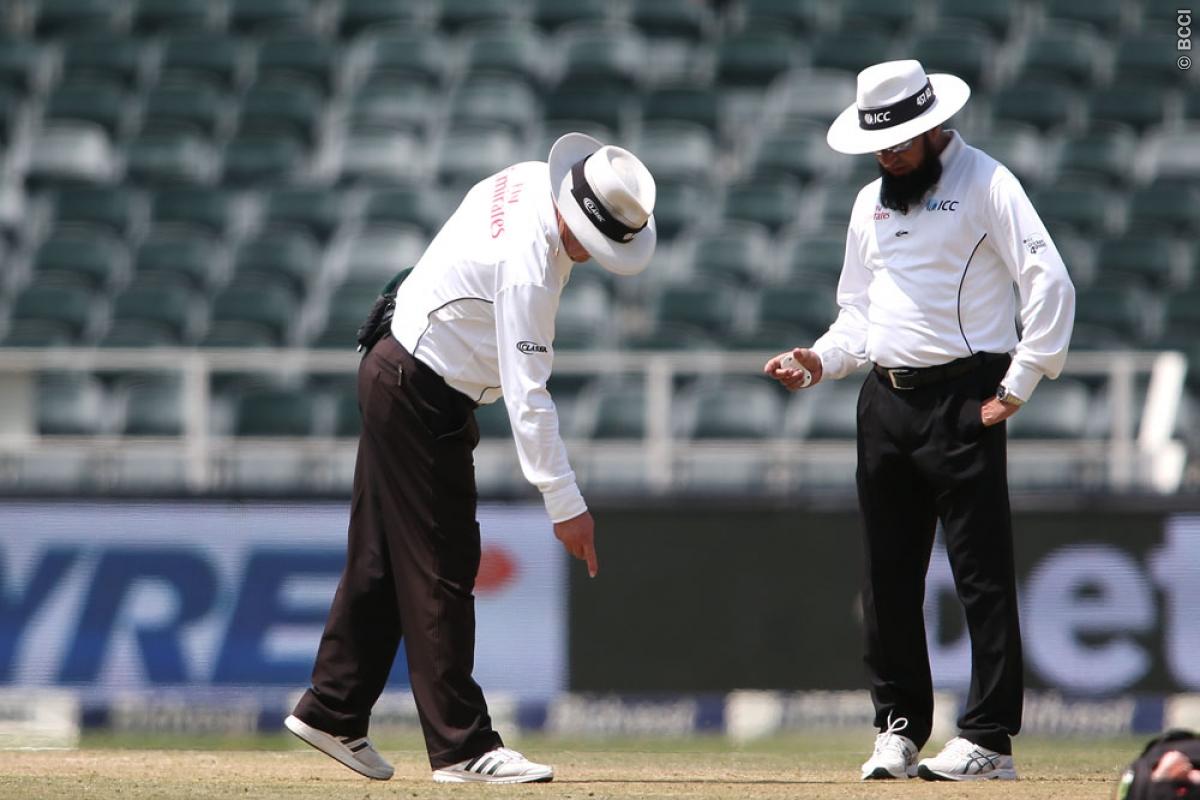ICC set to experiment with TV umpires on front-foot no-ball calls

Getty
The International Cricket Council (ICC) is all set to trial with TV Umpires on front-foot no-ball calls in the upcoming months. The idea was proposed to the ICC by the Cricket Committee, which recommended the usage of Third Umpires for front-foot no-ball calls in all ODI and T20 matches.
In what will be a major relief for on-field umpiring, the ICC are set to experiment with TV umpires monitoring front-foot no-balls and taking the shots ball after ball, as opposed to the on-field umpires calling them. The decision comes on the back of a suggestion by The Cricket Committee, which had proposed the ICC to use TV Umpires to call front-foot no-balls.
The system used will be the same as the one put to test before an England vs Pakistan ODI series in 2016, with the Third Umpire getting an instant slow-motion replay of the landing of the bowler's front foot. In case of a no-ball, the TV Umpire would then communicate it to the on-field umpire, with the latter signalling the call on the field. While the decision has been taken to reduce the stress on the on-field umpires, it is also being experimented with to try and reduce incorrect decisions.
“The idea is the third umpire will be presented an image of the front-foot landing within a few seconds. He would communicate to the on-field umpire that a no ball has been delivered, so every delivery on the field would be played as a fair delivery until called otherwise,” ICC's General Manager Geoff Allardice told ESPNcricinfo.
"The footage is shown on a slight delay, it goes to super slo-mo as the foot approaches the point of landing and then it freezes. The routine works well, with the third umpire judging the no-ball off a picture that is not always shown on the broadcast," he explained.
Allardice also said that all different challenges faced would need to be estimated before implementing the system in all matches, before admitting that it might indeed be difficult to implement it across all international matches due to certain broadcasting constraints.
“We just need to understand all the challenges before implementing this across all matches.
“Can this technology be implemented consistently across the 80 venues that hosted ODIs and T20Is last year? There are different levels of television coverage across these matches, so it will be easier to implement at some matches than at others,” he concluded.
